by Braden Kelley
Arriving into the profession of change management and leadership honestly, having led organizational change programs for world-beating organizations like Wunderman and Microsoft, I’m excited to help others take their change efforts to new heights using new tools.

People Are the Heartbeat of Change
It should go without saying that if anything should be human-centered, it should be change. But, ten years ago, and even to a great extent today, the practice of change management is still very much process-centric instead of human-centric.
Worse yet, digital transformations are unfortunately often technology-centric instead of human-centric.
Because of this mismatch between what’s needed to plan and execute change successfully and the tools available to organizational change management (OCM) professionals, I decided to create a Human-Centered Change methodology. At its core is the Change Planning Toolkit and my latest book Charting Change explains how to put the 70+ visual, collaborative tools and frameworks into practice.
Only by using the more visual and collaborative methods that humans prefer can you give yourself the opportunity to literally get everyone all on the same page for change, and to beat the 70% change failure rate.
Are People Ready for Change?
Too often we run head long into yet another change initiative without considering what the levels of change readiness and change saturation are across the organization’s various human, financial and physical resources.
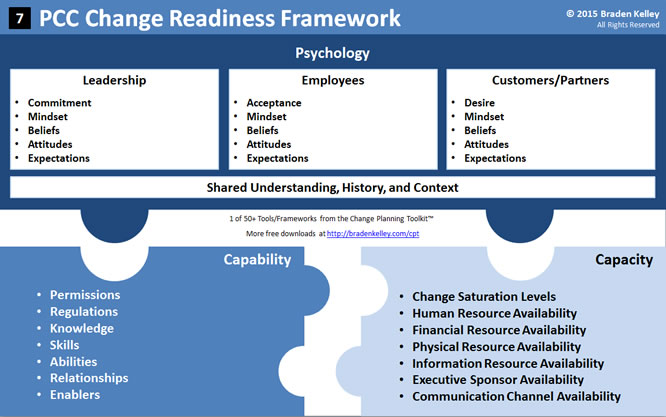
To help people identify whether the people AND the organization are ready for change I created the PCC Change Readiness Framework. It starts with the organization’s shared understanding history and context and then helps you evaluate various components of:
- Psychology
- Capability
- Capacity
Exploring these three areas in detail will allow you to uncover many of the human elements that not only will determine whether your change effort will be a success or not, but that you will need to create a plan to manage.
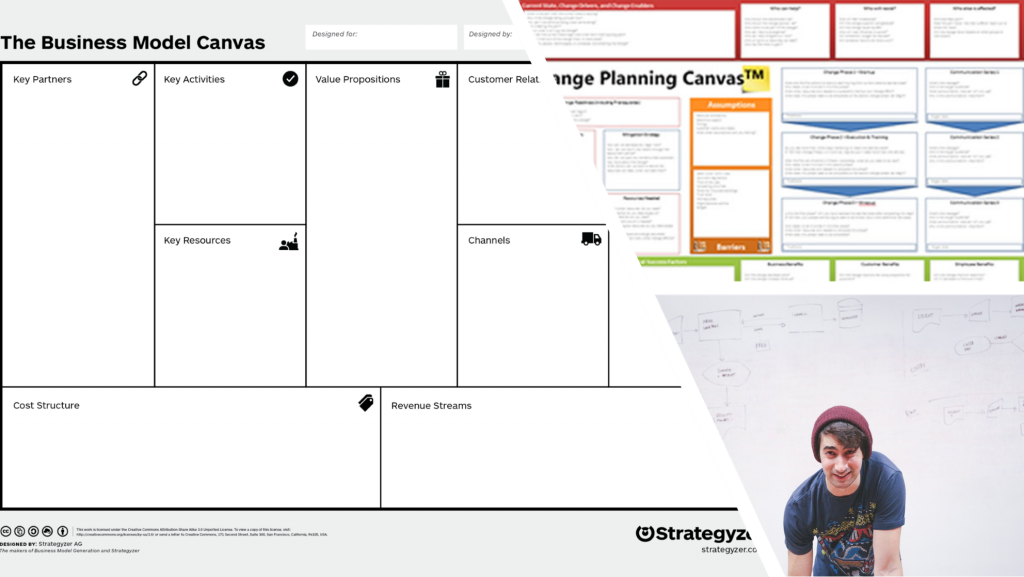
What does Human-Centered Change look like?
Visual, collaborative tools like the Empathy Map, Business Model Canvas, Service Design Blueprint, Lean Canvas, Value Proposition Canvas, Experience Maps, and even Customer Journey Maps have laid the groundwork for a more powerful modern way of working that leverages the whole brain of individuals and groups:
- Cognitive (thinking)
- Conative (doing)
- Affective (feeling)
And where these tools all represent the beginning of a visual, collaborative endeavor to create change, they are missing the tools to help plan for and execute the changes that are being proposed.
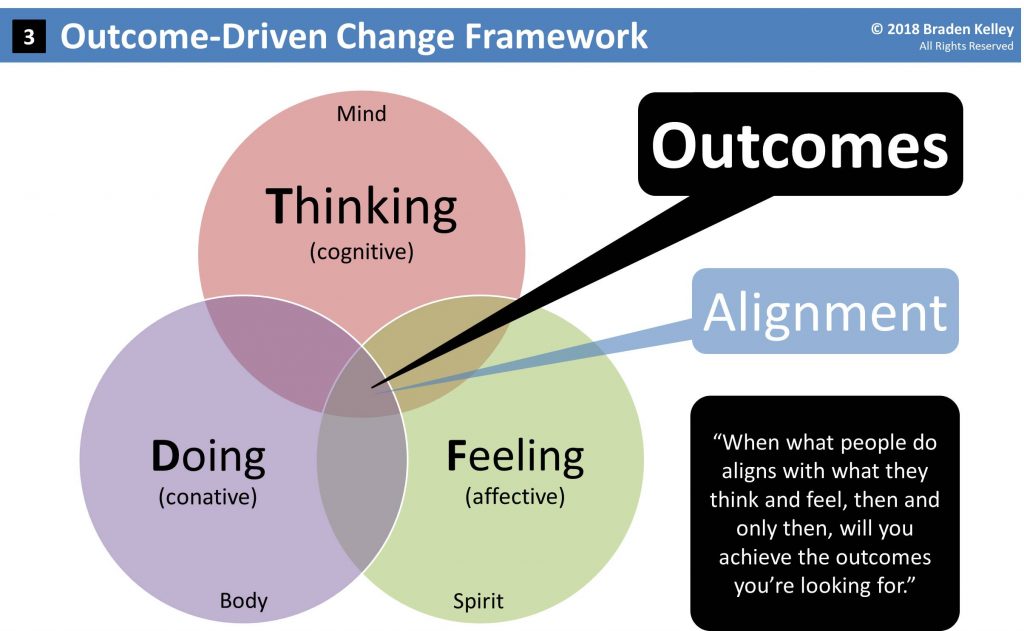
This is where the Change Planning Toolkit comes in. It has been designed with the Change Planning Canvas™ at its core to feel familiar to those already using the aforementioned tools and empower teams to take the next steps on their journey to be successful:
- Change Initiatives
- Digital Transformation
- Design Thinking
- Service Design
- Experience Design
- Customer Experience (CX) Improvement Efforts
- Projects (make sure you also get the Visual Project Charter™)
- Innovation and Intrapreneurship
- Startup Creation
- New Product Development (NPD)
What About Other Change Methodologies like ProSci ADKAR or the ACMP Standard for Change Management?
The human-centered change methodology is informed by the very best thinking in the various change disciplines to date, and consistent with other methodologies like ProSci’s ADKAR, PMI’s PMBOK, and the Association of Change Management Professionals (ACMP) Standard for Change Management. These other methodologies have their uses, and in fact I’ve created a poster-size visualization of the ACMP Standard:
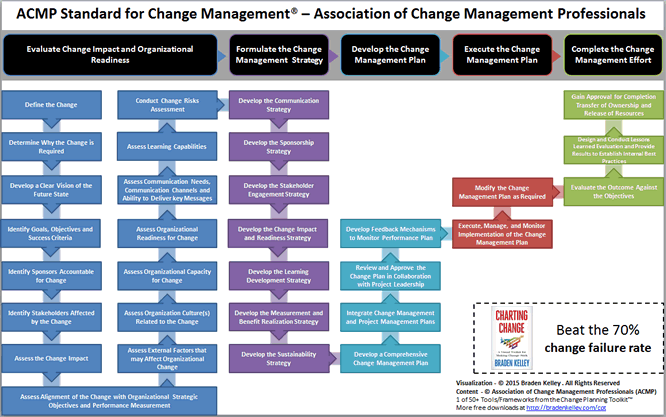
But Human-Centered Change goes beyond these process-focused methodologies to create more visual and collaborative approaches for change leaders to use in planning and executing productive change programs.
How to Begin Practicing Human-Centered Change
The Human-Centered Change methodology will help you beat the 70% change failure rate, create more efficient and effective change initiatives (and even projects), and accelerate your pace of successful change in order to keep up with the accelerating pace of change all around us and to be more nimble, agile, and responsive than your competition.
There is a simple three step process for people to familiarize themselves with the Change Planning Toolkit’s 70+ tools used with the Human-Centered Change methodology:
- 10 free tools available to download now
- 26 free tools when you buy the book
- 70+ tools when you license the toolkit
I’ve invested more than $1 million into the Change Planning Toolkit so you don’t have to, and so you can leverage this investment to gain all of the benefits above while also saving yourself thousands or millions of dollars in consulting fees – every year.

![]() Sign up here to get Human-Centered Change & Innovation Weekly delivered to your inbox every week.
Sign up here to get Human-Centered Change & Innovation Weekly delivered to your inbox every week.


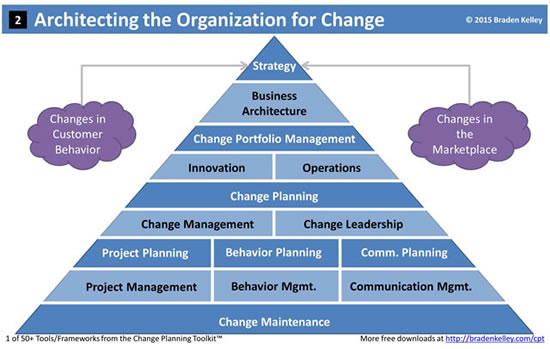
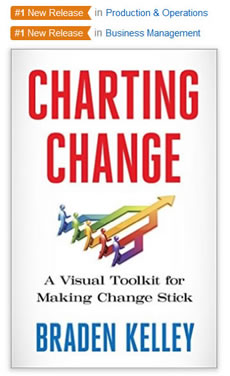


 Have you got the numbers in your mind?
Have you got the numbers in your mind?